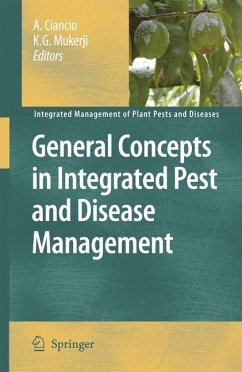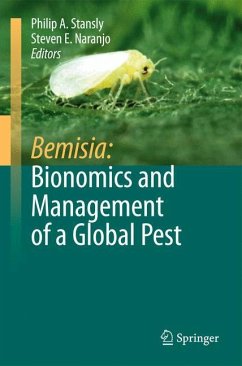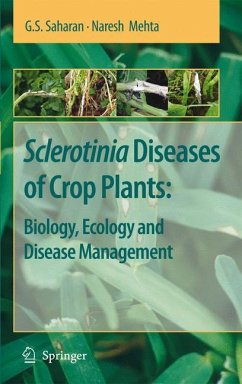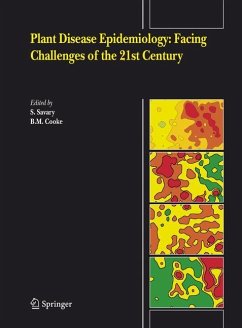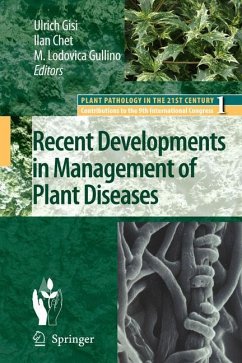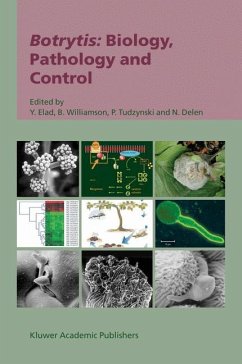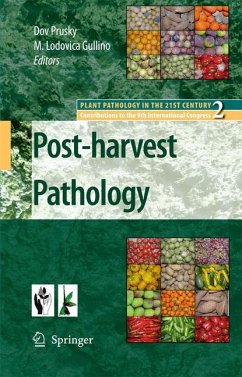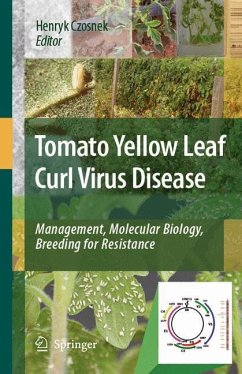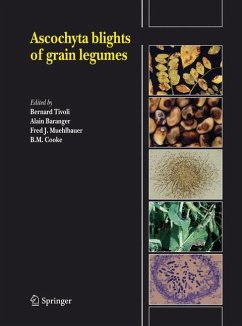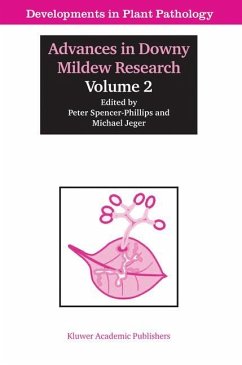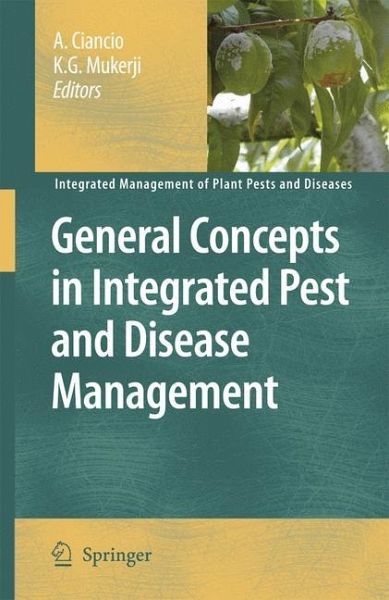
General Concepts in Integrated Pest and Disease Management

PAYBACK Punkte
76 °P sammeln!
This, the first volume of the 'Integrated Management of Plant Pests and Diseases' book series, presents general concepts on integrated pest and disease management. Section one includes chapters on infection models, resurgence and replacement, plant disease epidemiology and effects of climate change in tropical environments. The second section includes remote sensing and information technology. Finally, the third section covers molecular aspects of the subject.
The proposal for this series originated during a short term visit of Professor Mukerji to the Plant Protection Institute of CNR at Bari, Italy, in November 2005. Both editors agreed on the need to produce a volume focusing on recent advances and achievements which changed the practice of crop protection in the last decade. The opera rapidly evolved towards a long term editorial endeavour, yielding a mul- disciplinary series of five volumes. In view of environmental and health concerns, a determined effort is currently made in almost any agroecosystem in the world, to reduce and rationalize the use of chemicals (pesticides, fungicides, nematocides etc. ) and to manage pests/pathogens more effectively. This consciousness is not only related to the need of nourishing a still growing world population, but also derives from the impact of side effects of farming, like soil, water and environmental contamination, calling for a responsible conservation of renewable resources. There are increasing expectations at the producers and consumers levels, concerning low inputs agriculture and residues-free food. Disciplines like IPM/IDM (integrated pest management / integrated disease management) are now central to the science and technology of crop protection. In the classical version of IPM/IDM, a pesticide/fungicide is applied only when the pathogen population reaches a level that would lead to economic losses in the crop. In other words, classical IPM/IDM concentrates on reducing the numbers of noxious organisms through the application of agrochemicals.





